Top 10 Most Venomous Snakes in the World
Description
Top 10 Most Venomous Snakes in the World
100M is the #1 place for all your heart warming stories about amazing people that will inspire you everyday. Make sure to subscribe and never miss a single video!
#viral #amazing #100M #animals
Top 10 Most Poisonous Snakes in the World
Snakes are probably some of the most feared. And while this is perfectly in line, it may be a bit of a stretch. Because, out of the 3,000 known snake species, just a mere 200 of them pose any considerable danger to humans.
And among these 200 species, there are a select few with the most lethal venom. In our video today, we’ve sampled 10 of these bad boys from the serpent kingdom that you’d rather your paths don’t cross.
Take a look.
#10 Boomslang
In the Afrikaans language, boomslang translates to tree snake which means a larger part of this serpent’s time is spent hanging on trees. Its hunting, too, is highly dependent on trees as it has evolved to mimic the branches.
In case of a potential meal, it extends forward in almost motionless fashion before striking. This is when it releases its potent venom into the victim via its large fangs and extremely flexible jaws that can open for as much 170 degrees.
Despite the potency of their venom and their large 1.6-meter lengths, boomslangs choose their enemies carefully. Usually, they flee from any animal they deem too large to eat, choosing to attack only the likes of frogs, lizards, and chameleons.
Typically, a boomslang only attacks people if they attempt to handle or kill it. That’s why despite being one of the most venomous snakes around, it has resulted in so little human fatalities in its natural range. But perhaps its slow-acting venom has also played a role.
The symptoms usually show up hours after the bite, which is enough to seek medical attention.
On the other hand, this can give victims a false sense of reassurance that could very well escalate the situation. Victims can require a blood transfusion if an anti-venom hasn’t been administered within 24 to 48 hours.
#9 Banded Krait
This is one of the largest kraits with maximum lengths averaging just below 3 meters. Most outstanding are the alternate black and yellow bands across its entire body, hence the name. Also conspicuous in this snake species is the triangular cross-section that isn't so common in other snakes.
These showy bad boys usually feed on other snakes but routinely snack on fish and frogs whenever possible.
Despite their highly-venomous reputation, banded kraits are hardly seen as pretty much of their active time is after nightfall. This is when they are likely to bite and hence more dangerous.
During daytime, they prefer to laze around in pits, grass, or drains.
If disturbed, their first go-to defense is to hide their heads under their body coils preferring to be left alone. But for anyone who doesn't heed this kind call, the snake will bite delivering around 20-114 milligrams of venom.
In small amounts, the venom triggers vomiting, diarrhea, dizziness, and abdominal pain. Large doses combined with a lack of treatment lead to respiratory failure, suffocation, and death.
The fatality from banded krait bites has been found to be about 10% which isn’t so bad compared to other snakes in this video.
#8 Tiger Snake
The tiger snake is so named because of its tiger-like banded body although the colors vary a lot between different individuals. For the most part, they’re solitary and only seek company for mating purposes.
A bulk of their hunting activities is restricted to daytime although they can also opt for night-time snacks when it’s warm.
Tiger snakes are native to Australia where they’ve accounted for at least 17% of identified snakebites between 2005 and 2015. According to estimates, fatalities from these bites range between 40 and 60%.
Part of the snake’s lethality lies in its venom having a blood-clotting agent and a nerve paralyzer that can immediately spell doom for the victim.
Symptoms of a bite usually include pain, especially in the neck and foot regions, numbness, tingling, and sweating. These are quickly followed by breathing difficulties, paralysis, and eventual death if there is no immediate medical care.
But in almost all cases, the affected limb is instantly immobilized.
Naturally, most of them would rather stay away from people but launch into an offensive once startled or if they feel threatened.
#7 Coastal Taipan
Found in Australia and New Zealand, the coastal taipan is known not just for its potent venom but its size too. In Australia, it is considered the longest venomous snake growing to as much as 2 meters on average.
Larger specimens exist although they’re hard to come by. For instance, records kept by the Queensland museum show the longest coastal taipan to be around 3 meters.
The snake contains one of the most lethal venoms of any terrestrial snake, ranking at number three in the snake kingdom.

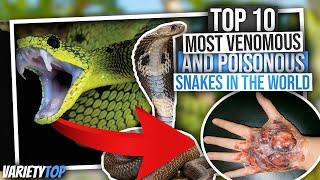
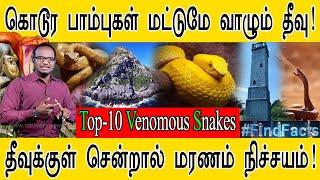
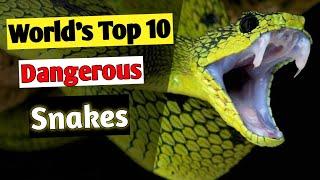
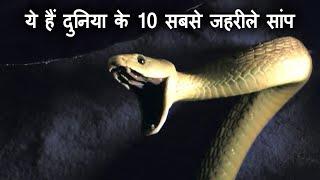
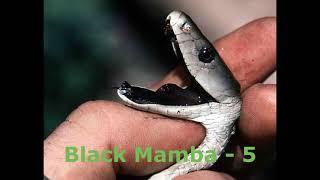

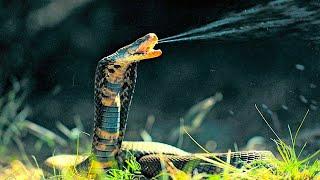
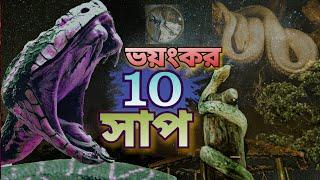

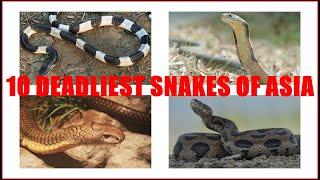
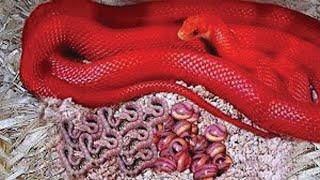

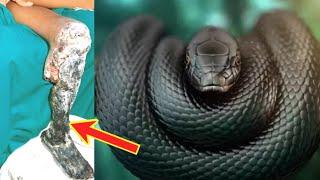
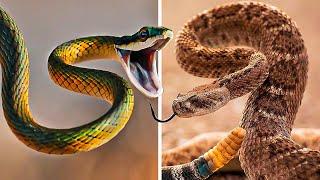
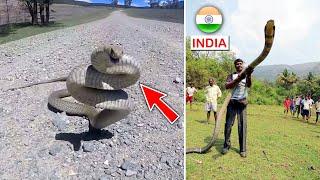





Comments